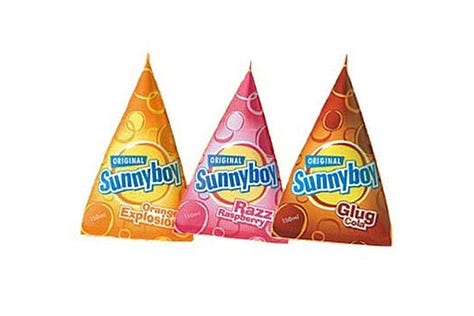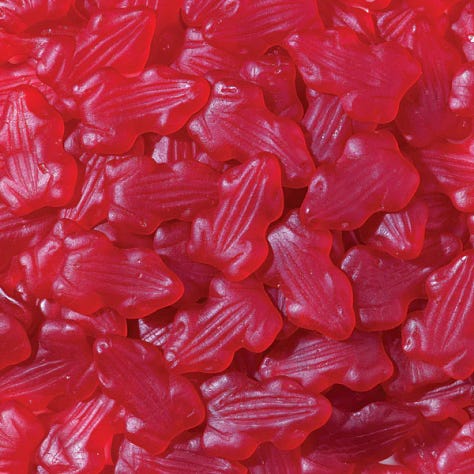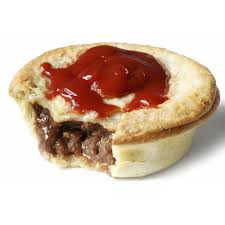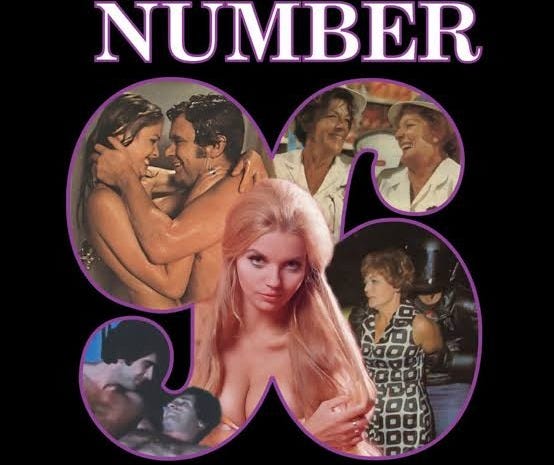Heat, sweat, and schoolyard rhythms do much of the storytelling in this chapter. What follows is a short, spoiler-light guide to the places, slang, and textures that may be unfamiliar if you did not grow up in Australia, so the February scenes land without pause.
“He wrote the word downed. And carried it.”
Where we are
Back in class. The long summer break is over, uniforms are pulled on again, and schooldays in Wagga stretch hot and slow. The oval, the canteen, are normal fixtures of a New South Wales high school in the 1970s.
The oval. Always grassed but often brown at the edges, it is the catch-all field for sport, laps, and assemblies. “Meet me on the oval” was the default plan.
The cemetery path. Wagga’s main cemetery sits not far from the school precinct, and taking a quieter back way past the stones fits the geography of the town.
Everyday places and objects
The canteen. A window hatch on the school grounds selling pies, lollies, Sunnyboys, and soft drinks. Known elsewhere as a tuckshop.
The bubbler. NSW slang for the school drinking fountain.
The maintenance shed. Every oval has one, usually corrugated tin, smelling of fuel and holding the mower.
The verandah. A covered porch at home, often timber, where kids trip or sprawl.
Food, wrappers, and rituals



Meat pie. A staple at every school canteen and footy ground. Flaky pastry, hot filling, tomato sauce squeezed on top.
Sunnyboy. A frozen tetra-pack ice block, triangular prism-shaped, torn open with teeth. Iconic to 1970s playgrounds.
Red Frogs. Jelly lollies from Allen’s, cheap and common, eaten in handfuls.
Wrapped sandwiches and crumpled napkins. The everyday look of a school lunch box.
Language and school culture
Footy. In NSW in 1973, this usually meant rugby league, sometimes rugby union, almost never soccer. A ball bouncing across asphalt at recess is exactly the sound of the time.
Second Form. The term used in NSW schools for Year 8. Christian and Mary are “Second Form B.”
Biro. Common shorthand for a ballpoint pen. Writing “Greg is gay” in blunt biro fits school desk graffiti.
PE. Physical Education. Compulsory sport period, usually laps, drills, or team games.
“Oi.” A sharp call-out, often mocking or aggressive, familiar playground slang.
“Princess.” A taunt used toward boys, implying weakness or femininity.
Media and soundscape
Schoolyard radios and home televisions carry what February offered:
Number 96 — the Sydney soap opera notorious for sex and scandal, running at full strength in early 1973. Even kids who never saw it heard parents mutter about it.
Radio charts — Neil Diamond’s “Song Sung Blue” and Slade’s glam singles sat beside local crooners. The noise drifted through playgrounds and corner shops.
A mini glossary from the chapter
Canteen – school food kiosk
Bubbler – school drinking fountain
Oval – sports field at school
Footy – rugby league (NSW usage)
Second Form – Year 8 in 1973
Biro – ballpoint pen
PE – Physical Education class
Oi – colloquial attention-getter, often sharp
Princess – mocking taunt at boys
Sunnyboy – frozen tetra-pack ice block
Red Frogs – popular Australian lollies
Then and now
In 1973, corporal punishment at school was routine. The strap or cane could be applied in classrooms or by the headmaster. Christian’s flinch in PE and careful posture in class sit inside that climate.
Questions welcome
If anything still felt unfamiliar, say where you stumbled in the comments, and I will expand this guide so the next reader can ride the current more easily.





